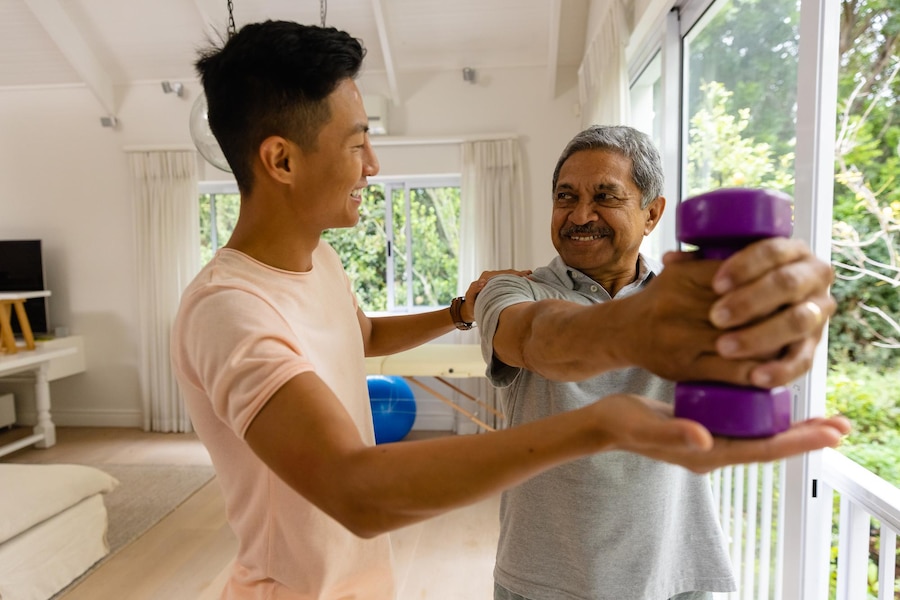As women age, their bodies go through several changes, one of the most significant being the weakening of pelvic floor muscles. These muscles play a crucial role in bladder control, bowel movements, and overall core strength. When they become weak, elderly women may experience issues like urinary incontinence, pelvic organ prolapse, and reduced mobility. However, a simple yet effective exercise—Kegel exercises—can help strengthen these muscles and improve quality of life.
What Are Pelvic Floor Muscles?
Pelvic floor muscles are a group of muscles that support the bladder, uterus, and rectum. They act like a hammock, holding these organs in place. When these muscles are strong, they help prevent urinary leaks, improve bladder control, and support overall pelvic health.
Why Do Pelvic Floor Muscles Weaken with Age?
Several factors contribute to pelvic floor weakness in elderly women, including:
- Aging – Natural loss of muscle tone over time
- Menopause – Lower estrogen levels weaken muscle support
- Pregnancy & Childbirth – Stretches and strains the pelvic floor
- Chronic Constipation – Straining weakens muscles over time
- Obesity – Extra weight puts pressure on pelvic muscles
- Chronic Coughing – Conditions like asthma and smoking-related coughing stress the muscles
Complications of a Weak Pelvic Floor
If pelvic floor muscles weaken, elderly women may experience:
- Urinary Incontinence – Accidental leaks while laughing, sneezing, or coughing
- Pelvic Organ Prolapse – Bladder, uterus, or rectum shifting downward
- Bowel Control Issues – Difficulty controlling gas or stool
- Lower Back Pain – Weak pelvic muscles contribute to poor posture and discomfort
How Kegel Exercises Help Strengthen the Pelvic Floor
Kegel exercises are simple, effective movements that specifically target the pelvic floor muscles. When done regularly, they help:
- Prevent & Reduce Urinary Incontinence – Stronger muscles mean better bladder control
- Support Pelvic Organs – Reduces risk of pelvic organ prolapse
- Improve bowel Control – Helps with constipation and incontinence
- Enhance Sexual Health – Improves vaginal muscle tone and blood flow
- Increase Core Strength & Stability – Reduces lower back and hip pain
How to Do Kegel Exercises Correctly
- Identify the right muscles – Try stopping your urine mid-flow. The muscles you use are your pelvic floor muscles.
- Contract & hold – Squeeze these muscles and hold for 3-5 seconds, then relax for the same duration.
- Repeat – Perform 10-15 repetitions, three times a day.
- Stay consistent – Regular practice leads to better results over time.
Important Tips:
Avoid holding your breath while doing Kegels.
Do not tighten your stomach or thigh muscles—only focus on the pelvic floor.
Be patient—results may take a few weeks to show.
Kegel Exercises: A Simple Step to Better Elder Care
Incorporating Kegel exercises into daily elder care routines can significantly improve urinary incontinence management and overall women’s health. Whether at home, in assisted living, or as part of a physiotherapy program, Kegels should be a priority for every elderly woman.
Take Control of Your Health Today!
At Dr. Rahul’s Elder Care, we emphasize personalized physiotherapy and elderly women’s health solutions. Our team helps seniors manage incontinence, regain mobility, and live with confidence. Contact us today to learn more about Kegel exercises, physiotherapy for elders, and urinary incontinence solutions!



